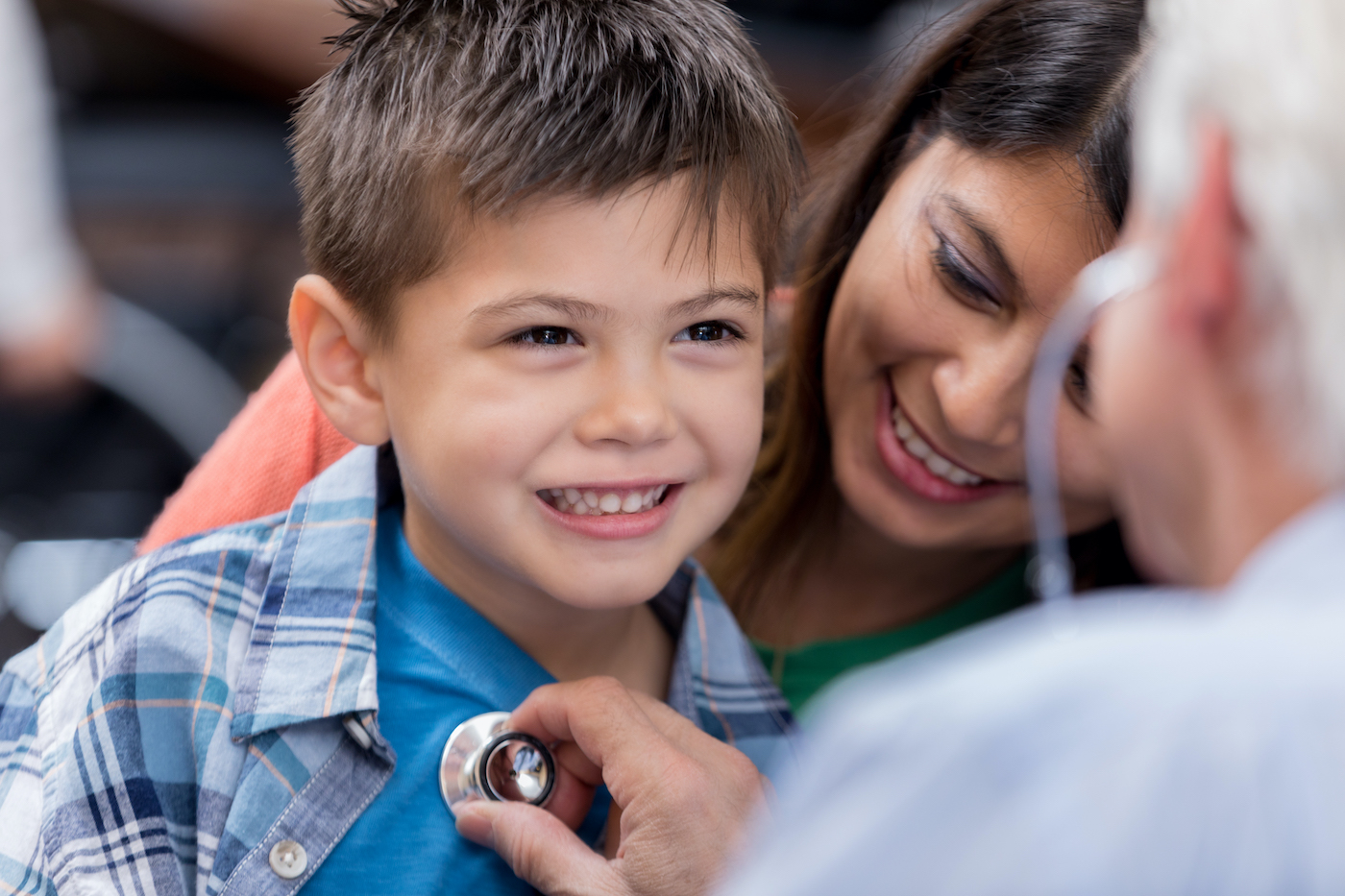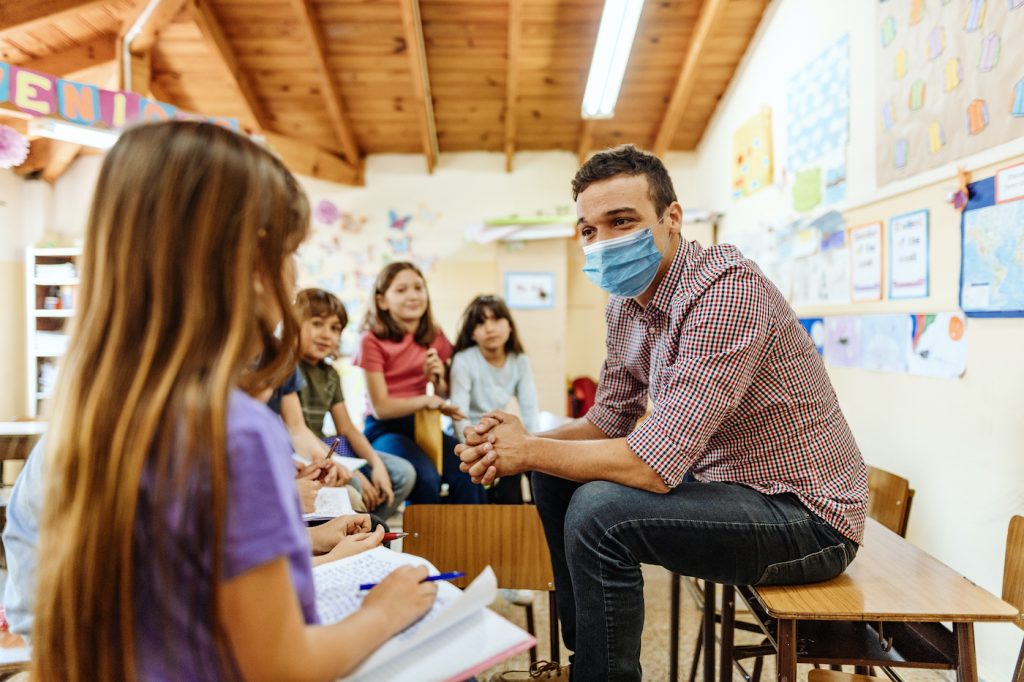CALM is for Kids

April is national Child Abuse Prevention Month, so naturally our very own Child Abuse Listening Mediation has some special activities planned. CALM is half-a-century old and the only nonprofit in Santa Barbara County that specializes in the prevention and treatment of childhood trauma. This organization, just like every other nonprofit, has had to forgo its typical fundraising events in the wake of our global coronavirus pandemic. Indeed, it’s had to postpone November’s 50th anniversary gala, “Lighting the Way;” its seafood soirée “Crabfest for CALM;” the CALM Auxiliary’s quarterly Antiques, Decorative Arts & Vintage Show and Sale at the Earl Warren Showgrounds; and even its special event, “Courage & Resilience: An Afternoon with Elizabeth Smart,” with the victim of one of the more notorious child abduction cases. Smart’s ongoing recovery stands as an inspiration for human perseverance in the wake of horrific trauma.
Instead, while Ladies Get Loud 2021 will still happen as a virtual “Night In” at the end of April, that month’s events will focus less on fundraising and more on CALM’s ambitious agenda to lead. It plans on developing and implementing trauma-informed, evidence-based programs and services that treat child abuse and promote healing as well as programs that have proven successful in preventing childhood trauma through strengthening and supporting the family.
So “Inside CALM” has transitioned from open houses into a series of short virtual presentations held on Facebook Live. Here, it broadcasts information about therapy modalities and innovative programs that are open to anyone, and it hosts a Q&A. These will be open to the public. CALM’s Facebook and Instagram sites will also host a month-long social media campaign focused on building resilience and strengthening families; these feature a daily dose of practical tips. And its online Community Conversation Series resumes late April with a webinar about the bell curve of trauma that our community will face as it moves into the post-pandemic phase. Fortunately, CALM will focus on what the next few years of mental-health awareness will look like, and how the organization anticipates treating our community’s needs.
In truth, imagining a better future is nothing new to CALM; the nonprofit has always envisioned a time when childhood trauma becomes a thing of the past. Under the five-year-long stewardship of President and CEO Alana Walczak, the organization has continued to evolve from its origins as a volunteer-staffed “warm line” for stressed parents in Santa Barbara, to a well-trained therapeutic staff of more than 100 specialists across the county. CALM’s prevention and positive-parenting programs have doubled in size since 2003; they take up more than half of its budget and staff’s time. Its approach stems from understanding that strengthening the entire family is the best way to prevent the abuse of a child.
“A lot of people don’t realize that CALM has really shifted its focus,” Walczak said. “We will always be here for kids and families in Santa Barbara County, we will always provide clinical therapy sessions. But now, 50% of our work is prevention, and working with families that have risk factors for trauma before the trauma occurs. We want to load up those families with support and education and resources to prevent harm from happening.”
Such an ambitious endeavor doesn’t come easily, even for a seasoned organization, Walczak said.
“When you’re trying to move the needle on such a complex issue as preventing and treating childhood trauma, no one organization can do that on its own. If we want to see long-lasting change – the third part of our mission is to build resilient communities – we have to work in partnership with other organizations that serve children and families. That’s why we’re starting to see ourselves as a social service agency that will absolutely serve every single child that comes to us for clinical services. But we’ll also work within systems to really anchor permanent changes.”

CALM has created partnerships with preschools, universities, medical centers, social sector agencies, and local governments. The organization has a presence in pediatric clinics and in 33 learning centers. It acts as the preferred mental health provider for Santa Barbara Unified School District and has a presence in every school in that district, from pre-K through sixth grade, Walczak said.
It’s all about helping other systems become “trauma-informed environments,” said Ashlyn McCague, CALM’s Director of Development. That means helping teachers and administrators at our schools understand what motivates the behaviors of “difficult” students in classrooms.
“They’re probably not kids just who are trying to ruin their teacher’s day,” she explained. It might be that Bobby just left home where daddy was beating up mommy or where mom was so depressed, that she hasn’t gotten out of bed for three days, leaving the young boy to feed his younger siblings. Then the child comes to morning circle and he’s unable to sit still or he’s hitting his friends. Maybe he’s demonstrating signs of a trauma but doesn’t have the words to explain it.
Similarly, CALM knows how important it is for pediatricians to know about the trauma history of a baby’s parents so that they can discern where the family’s challenges and vulnerabilities might be. In those cases, CALM can provide parenting or therapeutic support to help the family develop a new, healthy path.
“It’s kind of blowing the frameworks of those professionals up a bit,” Walczak said. “It’s about helping to educate everyone. Teachers are teachers, not mental health professionals, but they’re dealing with mental health issues all the time. For example, some of it is just helping them understand a bit about the brain chemistry of trauma.”
Nowadays, CALM is blowing up outdated ideas in the general population by putting effort into letting the community know that it serves everyone, all kids and families who are at risk for trauma.
“There’s the stereotype that we only work with families from the lower east side of Santa Barbara,” Walczak said. “Yes, the majority of our clients are Latinx, and most of our clinicians are bilingual to make sure that no matter what language you speak, we can provide quality trauma treatment. But there are a lot of other communities that need support, too. One of the pediatric clinics we’re embedded in now is Sansum, and everybody seems to go there. For upper-middle-income families, it’s sometimes even harder to access services because nobody expects them to be really struggling. Who do they tell? There’s so much secrecy and our culture doesn’t create space for folks of all economic classes or races to have needs. We’re trying to debunk that myth, and to make sure that everybody has access to the help that they need.”
CALM has also been quick to respond to the challenges of the pandemic, pivoting to virtual services in the course of just three days last March, and taking a look at its own protocols in the wake of last summer’s protests about racial justice.
“Like many organizations over the last year, we’ve been really looking at diversity equity and inclusion,” explained McCague. “A lot of clinical work comes from the field of psychology, which has been historically a very white, upper-echelon group. There are new modalities that are coming out of communities of color. We’re exploring them so that we can serve our own diverse community in the county. Having modalities that reflect the people with whom we’re working is really important to us.”
What it all adds up to for CALM is that every month is Child Abuse Prevention Month. The nonprofit’s mission to eradicate childhood trauma is an ongoing effort that never ebbs, and one that has economic as well as health and societal benefits.
“Identifying, treating and healing trauma as early as possible saves everyone a lot of pain and money in the end,” McCague said.
To learn more about CALM, visit CALM4kids.org or call (805) 965-2376.







